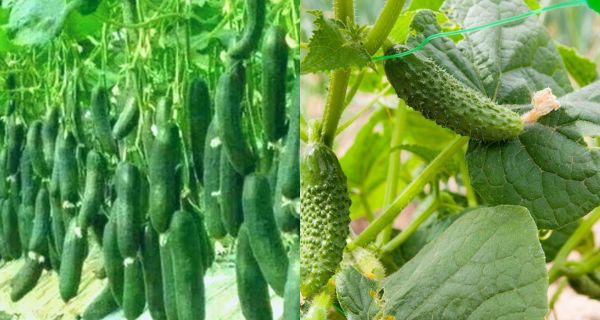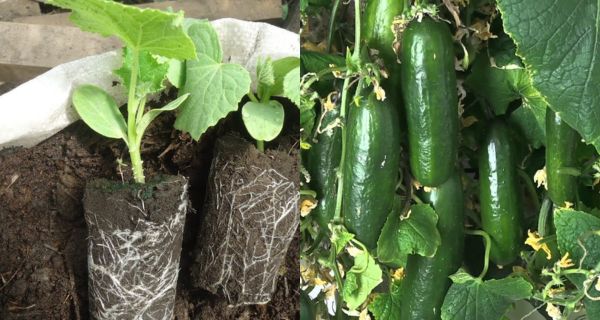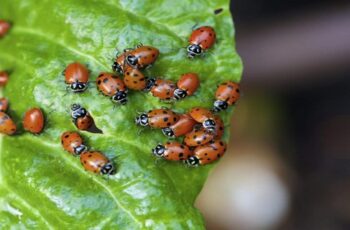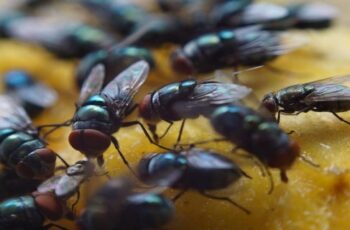Ad Blocker Detected
Our website is made possible by displaying online advertisements to our visitors. Please consider supporting us by disabling your ad blocker.
- Each spring, as gardeners start planting their cucumber plants or seeds, a common question arises: what’s the best way to fertilize young cucumber plants for strong growth and ensure a bountiful harvest all summer long? Cucumbers can thrive in various growing conditions, such as traditional gardens, raised beds, or containers, as long as they receive the nutrients they require to flourish.

The Optimal Method for Fertilizing Young Cucumber Plants – A Comprehensive Guide to Boosting Your Crop’s Growth!
To grow healthy and productive cucumber plants, the timing and method of fertilization are crucial for their longevity and yield. Cucumbers need a constant supply of nutrients from the early growth stage, not just when they begin to flower and bear fruit. Without a robust root system and healthy foliage, they cannot produce a strong bloom set, and without blooms, there will be no cucumbers.
That’s why early fertilization is essential for cucumber plants. It’s crucial to provide them with a consistent supply of energy as they develop and mature. In fact, ensuring a continuous supply of nutrients is the most critical factor for successful cucumber growing.
The Best Way To Fertilize Cucumber Plants
To ensure your cucumber plants reach their full potential, it’s crucial to supply them with power at three key stages. The first is during planting, followed by the first six to eight weeks of their growth, and finally, as they begin to fruit. However, the nutrients required by the plants vary at each stage.
By providing them with the appropriate nutrients at the right time, you can guarantee a bountiful harvest. Let’s take a closer look at each fertilization stage and how to power your cucumber plants for optimal health and productivity.
Fertilizing At Planting Time
Giving cucumber plants the best start on planting day is crucial for a successful harvest. One way to accomplish this is by providing them with an abundance of nutrients in their planting hole, whether you are using seeds or transplants.
Compost is an excellent source of energy for the planting area. For seeds, it’s recommended to mix a generous amount of compost with the soil to create a 50/50 ratio of soil and compost. Compost is a natural, well-balanced, and slow-release fertilizer that contains a wide range of nutrients and beneficial organisms. Moreover, it helps to retain moisture in the soil, which is crucial for seed germination and rapid growth.
Fertilizing Transplants
To give cucumber transplants a strong start, compost is once again the ideal solution. Start by digging holes three to four times the size of the root ball. Fill the hole with a mixture of soil and compost in a 50/50 ratio, positioning the transplant so that the top of the transplant soil is slightly higher than the surrounding soil. This promotes drainage and prevents root rot, which is particularly common near the main stem.
By elevating the plant, you can eliminate this issue. However, it’s crucial not to mix high-potency fertilizers into the planting hole during this process. Instead, compost provides a slow, steady supply of nutrients. Too much fertilizer at planting time can lead to excessive foliage growth or plant damage.
Mulching With Power

After planting your cucumber seeds or transplants, it’s important to mulch the area to control weeds and regulate soil temperature for optimal growth. But, mulching can also provide additional slow-release nutrition for your plants with two easy-to-find ingredients: compost and worm castings.
Begin by applying a one to two-inch thick layer of compost around each plant or over each seed hill in a six-inch diameter. Additionally, add a quarter cup of worm castings to each hill or plant area mixed with the compost. The worm castings provide a balanced and slow-release supply of nutrients that can be easily absorbed by the plant’s roots, getting your young transplants off to a great start.
The compost and castings “ring” will act as the ultimate slow-release fertilizer, releasing nutrients each time you water or it rains. This gives your plants a balanced and instant power to grow. After applying the compost and castings, add a regular layer of mulch (such as straw or shredded leaves) on top of planting transplants. If planting seeds, wait until they sprout before adding additional mulch.
Fertilizing Cucumber Plants As They Grow
Providing your plants with regular and light applications of fertilizer is crucial for their growth and productivity once they are established in the ground. Applying too little fertilizer can cause them to underperform, while giving them too much can result in excessive stem and foliage growth, leading to little or no blooms or cucumbers.
Striking the right balance is key, and the best approach is to give your plants a consistent and gentle dose of fertilizer. This way, they will receive the nutrients they need to stay healthy and strong, without overgrowing their foliage.


